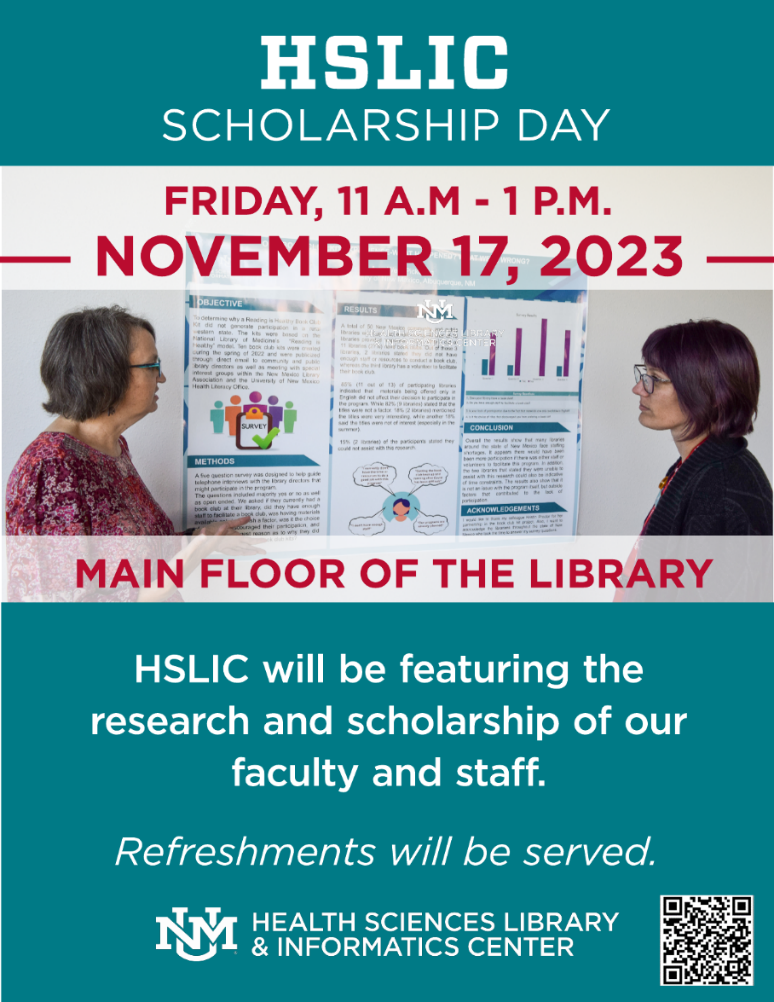Improving Long-Term Care Facility Disaster Preparedness and Response: A Literature Review.
Publication Date
2-1-2017
Abstract
Long-term care facilities (LTCFs) and their residents are especially susceptible to disruptions associated with natural disasters and often have limited experience and resources for disaster planning and response. Previous reports have offered disaster planning and response recommendations. We could not find a comprehensive review of studied interventions or facility attributes that affect disaster outcomes in LTCFs and their residents. We reviewed articles published from 1974 through September 30, 2015, that studied disaster characteristics, facility characteristics, patient characteristics, or an intervention that affected outcomes for LTCFs experiencing or preparing for a disaster. Twenty-one articles were included in the review. All of the articles fell into 1 of the following categories: facility or disaster characteristics that predicted preparedness or response, interventions to improve preparedness, and health effects of disaster response, most often related to facility evacuation. All of the articles described observational studies that were heterogeneous in design and metrics. We believe that the evidence-based literature supports 6 specific recommendations for facilities, governmental agencies, health care communities and academia. These include integrated and coordinated disaster planning, staff training, careful consideration before governments order mandatory evacuations, anticipation of the increased medical needs of LTCF residents following a disaster, and the need for more outcomes research. (Disaster Med Public Health Preparedness. 2017;11:140-149).
ISSN
1938-744X
Document Type
Article
Keywords
Civil Defense, Disasters, Health Facilities, Humans, Long-Term Care, Nursing Homes, Public Health
Recommended Citation
Pierce, J Rush; Sarah K Morley; Theresa A West; Percy Pentecost; Lori A Upton; and Laura Banks.
"Improving Long-Term Care Facility Disaster Preparedness and Response: A Literature Review.."
Disaster Med Public Health Prep
Publication Title
Disaster Med Public Health Prep



